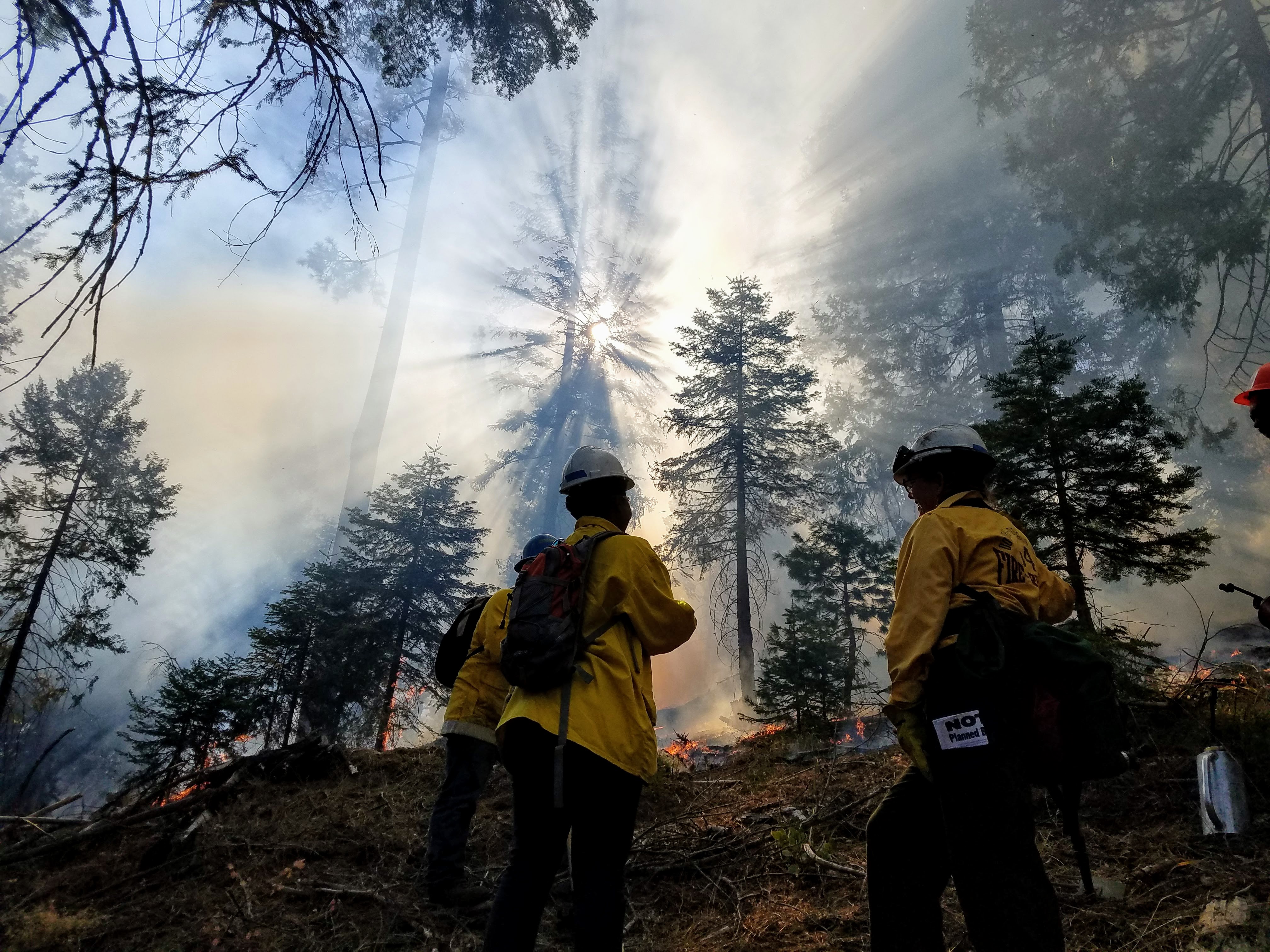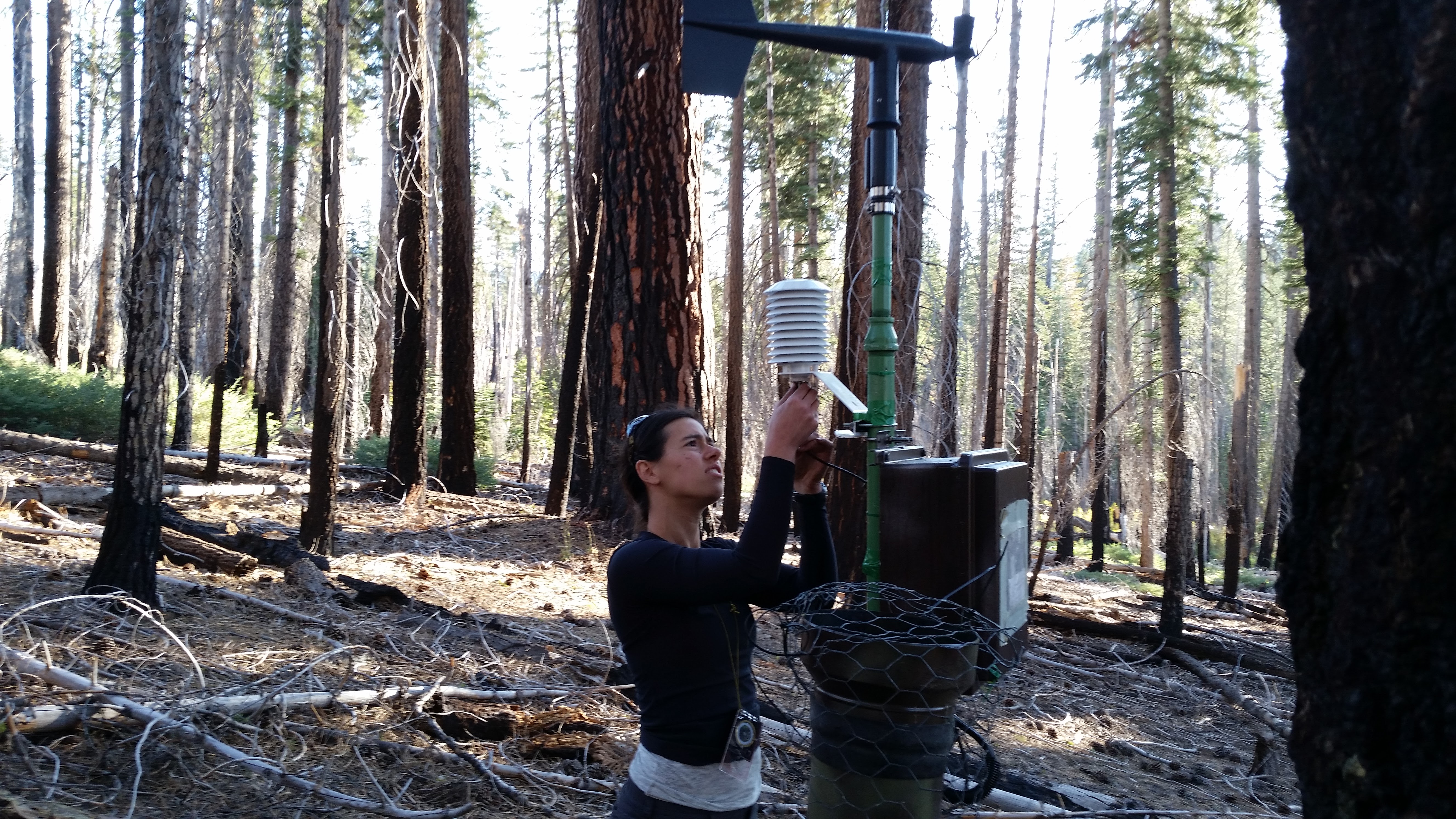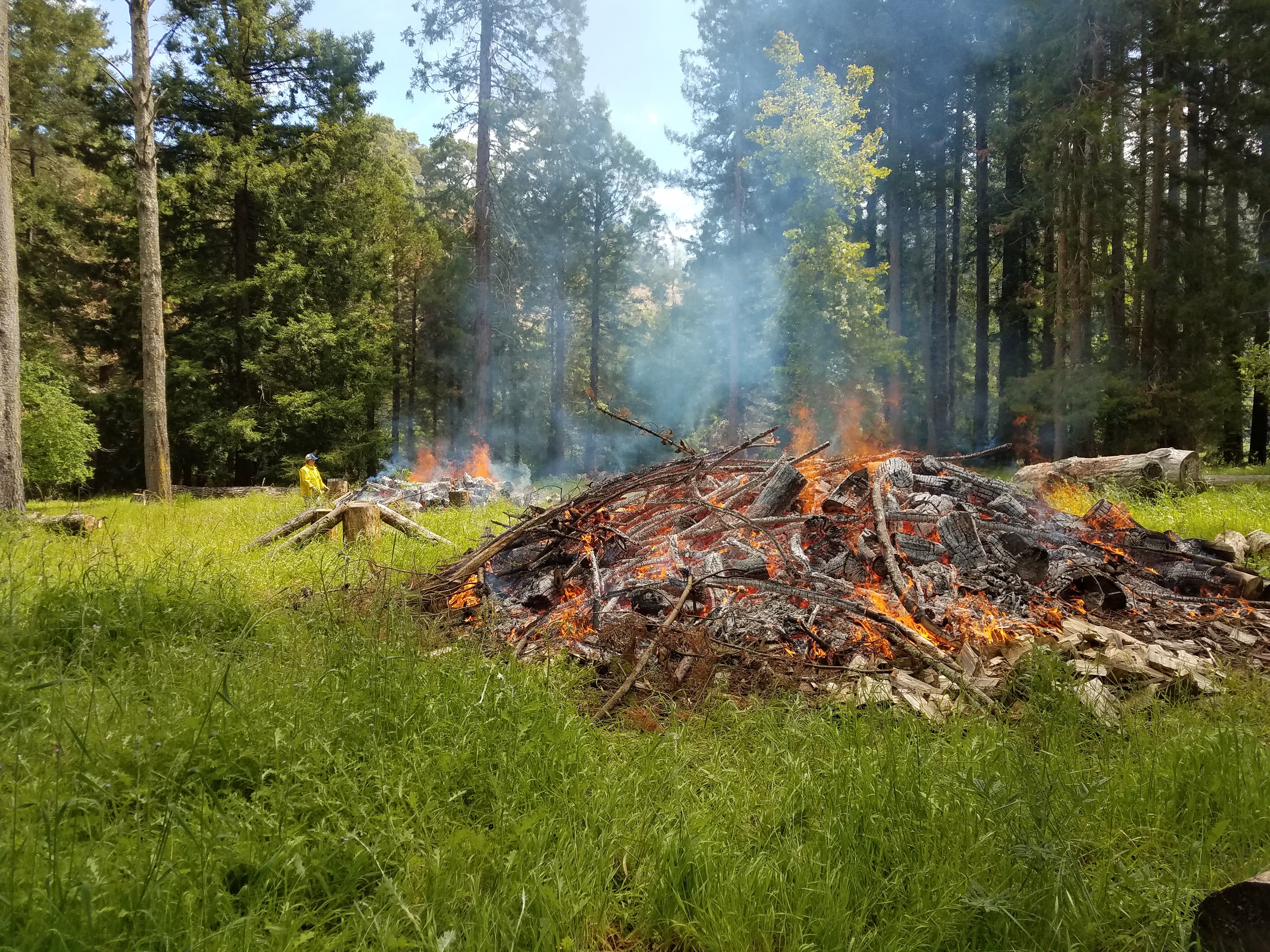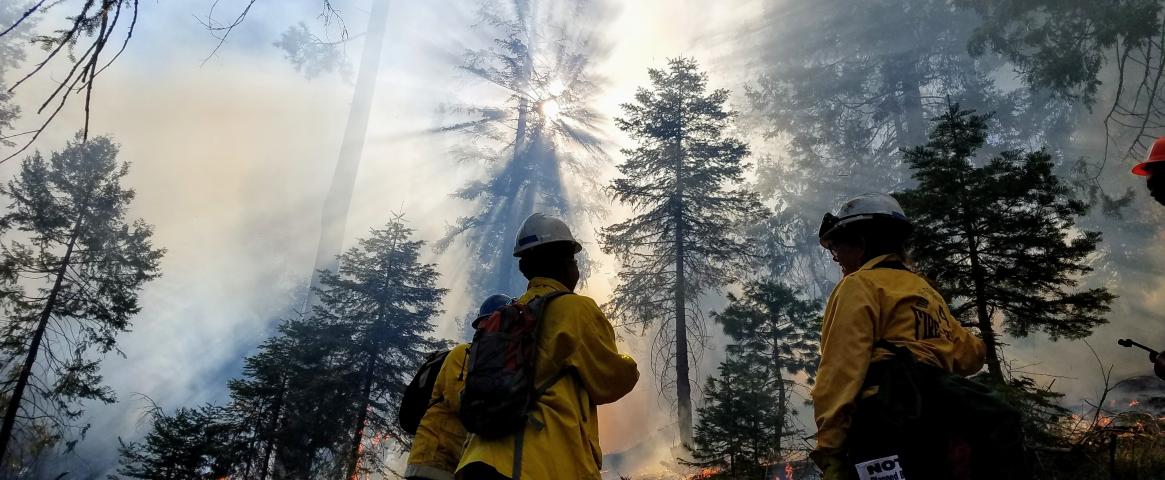By Jonathan Kuo
The husks of broken homes and partially burned trees still litter Paradise, California. Massive fires razed the town in 2018, and only 2% of its homes have been rebuilt since—a warning that authorities need to prepare better for future blazes.
The question is how. Rising temperatures from climate change have dried out forests throughout the state, posing a wildfire risk that won’t be resolved overnight, or even over the course of a year. But in a new review published in Frontiers of Ecology and the Environment, researchers say that saving California’s forests is possible — but not without a few politically unpopular steps: chopping down certain smaller trees while leaving bigger, more valuable ones up, and most importantly, discouraging the spread of big fires by encouraging smaller ones.

The approach sounds counterintuitive, a kind of preservation through targeted destruction. But to researchers, that tradeoff is necessary. To prevent large, high-intensity wildfires, said Matthew Hurteau, professor of biology at the University of New Mexico and one of the paper’s authors, “we need more fire in these landscapes.”
The idea comes from an earlier era. Before European settlers started managing it, the western landscape was rich with fire. The Yurok, Karuk, and other tribes allowed both their own controlled burns and small lightning strike fires to move through the hills, using up dry debris.
But in 1889, a fear of fire was seared into California’s memory, when a massive wildfire burned over 300,000 acres, and for the past century, firefighters in California have tried to quench fires as soon as they’ve sparked. With flammable houses pressed up against forest edges, it seemed risky to allow any fire to grow, even if foresters were standing by to make sure it didn’t blow out of control.
That allowed dry wood and brush to build up in forests statewide, fodder that would previously have been cleared up by smaller fires. Add in the drying effects of climate change, and forests become tinderboxes, ready to ignite with the smallest spark.

Saving these forests requires ridding them of all that built-up kindling. Hurteau advocates a two-step strategy, a bit like painting a watercolor. First you make precise pencil outlines, chopping up and carting out small trees and brush around the area you plan to burn, reducing the foliage covering forest floors and making it harder for a fire to roar out of control. Next, as if painting colors into the boundaries you’ve drawn, you allow fire to sweep through that specific parcel, safely releasing decades of built-up fuel.
These practices aren’t new — but they can be politically unpalatable.
One barrier is that of price. Controlled burns cost about $50 per acre; physically removing trees is even more expensive, averaging out to over $500 per acre. And while selling harvested wood can offset some of these costs, the incentive for profit can get in the way. Companies, for instance, want old, tall trees for making lumber, so they frequently leave smaller, more flammable ones behind. State agencies, on the other hand, can be required to make money from lands they manage, Hurteau explained. In their eyes, controlled burning can seem like setting money on fire — even if it might prevent untamed burning later.
Some citizens, meanwhile, dislike the idea of clearing out smaller trees. “Environmental groups consistently sue the Forest Service,” said Jose Iniguez, a US Forest Service fire ecologist. These lawsuits aim to protect endangered species and the habitats they live in, but they can also complicate such fire prevention strategies.

For others, the opposition is more personal. Some people won’t allow fire crews to remove leafy vegetation surrounding their homes. Others fear that a controlled burn could accidentally spread to their home, even if dry brush is cleared around their neighborhoods. And many, looking back to the wildfires of 2018, worry that the pollution of controlled burns simply doesn’t outweigh their benefit.
But to Hurteau and other researchers, something’s got to give. They hope that through outreach to the public and environmental policy decisions, attitudes will begin to change, because they see a fireless future as an impossibility. Smoke and brush clearing can come slowly, under controlled conditions, they say, or it can sweep through the unprepared landscape, trailing devastation.
“Fire will come no matter what we do,” said Joe Trudeau, Southwest Conservation Advocate for the Center for Biological Diversity, who wasn’t involved in the research. “We can either utilize fire under controlled, prescribed situations, or we can do nothing, and fires will come … with more destructive results.”
Jonathan Kuo is a junior at the University of California, Berkeley, majoring in rhetoric and molecular and cell biology. He is the editor-in-chief of the Berkeley Scientific Journal and a staff writer for the Public Health Advocate. Check out his work at jkuo.me or email him at jonathankuo11@berkeley.edu.
This story was produced as part of NASW's David Perlman Summer Mentoring Program, which was launched in 2020 by our Education Committee. Kuo was mentored by Eric Boodman.

